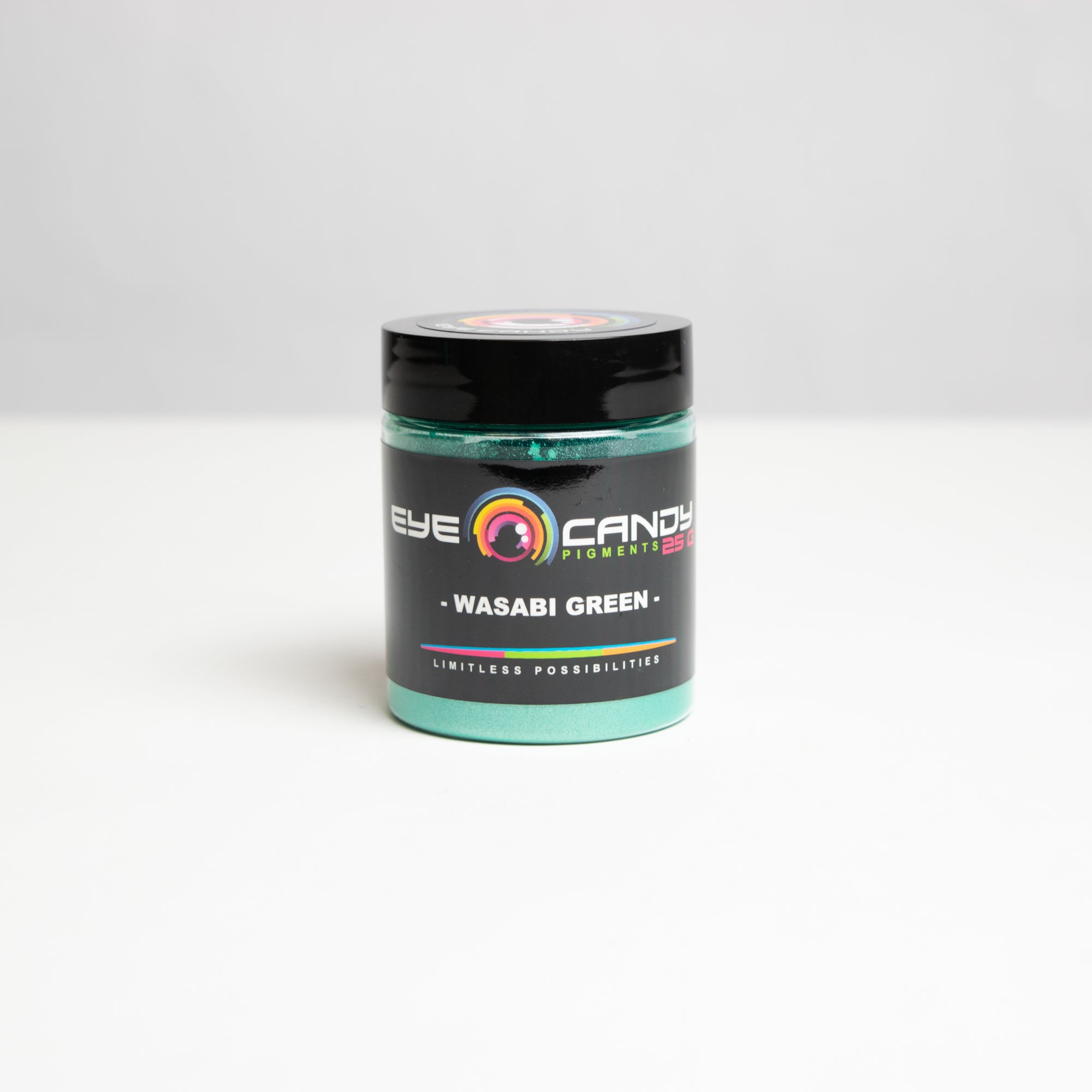Tips for Making Metallic Paint With Mica Powder

Metallic paints add unparalleled dimension to artistic projects, infusing them with a dynamic sheen that transforms ordinary surfaces into eye-catching pieces. The beauty of these paints lies in their versatility—not only can you revitalize existing paints with a touch of shimmering mica, but it’s also possible to craft your own hues with custom metallic blends. Use these tips for making metallic paint with mica powder to add a golden, silver, bronze, or copper shine to your creations.
Enhancing Ready-Made Paints
Mica powder can bring new life to lackluster paints, resulting in a custom metallic sheen that captures the light. By experimenting with different paint and pigments, artists can create unique works. You can fine-tune the intensity of the metallic effect by adjusting the ratio of mica to paint.
When infusing ready-made paints with mica powder, precision is key. Prior to mixing in the powder, ensure the paint base is smooth to maintain the integrity of the metallic finish.
Making Your Own Paint With a Clear Base
When creating your own metallic paint with mica powder, start by selecting the appropriate base for the paint. Acrylic medium works exceptionally well as it binds the mica powder without diminishing its natural shimmer. Begin by adding a small amount of mica powder to the acrylic medium, blending thoroughly to prevent any clumps.
Adjust the mica to medium ratio for increased opacity if a more metallic finish is desired. Mix different mica shades together to create custom colors and add depth to your metallic paint.
Adding Mica Powder Little by Little
It’s essential to use mica powder sparingly because its high pigmentation means a small amount goes a long way. Adding too much can result in overly saturated paint, which may mask the finer details in your artwork. Always perform a patch test with your mixture to ensure the color and consistency match your needs.
When experimenting with mica powders, remember that they not only vary in color but also in their reflective qualities. Bronze mica powder, for instance, is perfect for a warm, rich metallic bronze shade. Use a pigment measuring spoon to control the amount you add and to avoid oversaturating the paint.
Stirring by Folding, Not Whipping
When making metallic paint with mica powder, use a gentle folding motion rather than vigorous whipping to incorporate the pigment. This method prevents the introduction of air bubbles, which can compromise the smooth metallic finish of the final product.
Additionally, folding helps evenly distribute the mica particles without breaking them down, preserving the paint’s lustrous quality. Fold the pigment into the medium to create a homogenous mixture, ensuring consistent color and reflectivity throughout the paint.
Enhance ready-made paints or concoct an original blend with metallic mica powder. Experiment with opacity and shimmer by adjusting the ratio of powder to paint medium, and remember to gradually mix the mica with a folding technique to achieve an even color and avoid air bubbles. These tips will help you give all your creations a lustrous metallic sheen.



